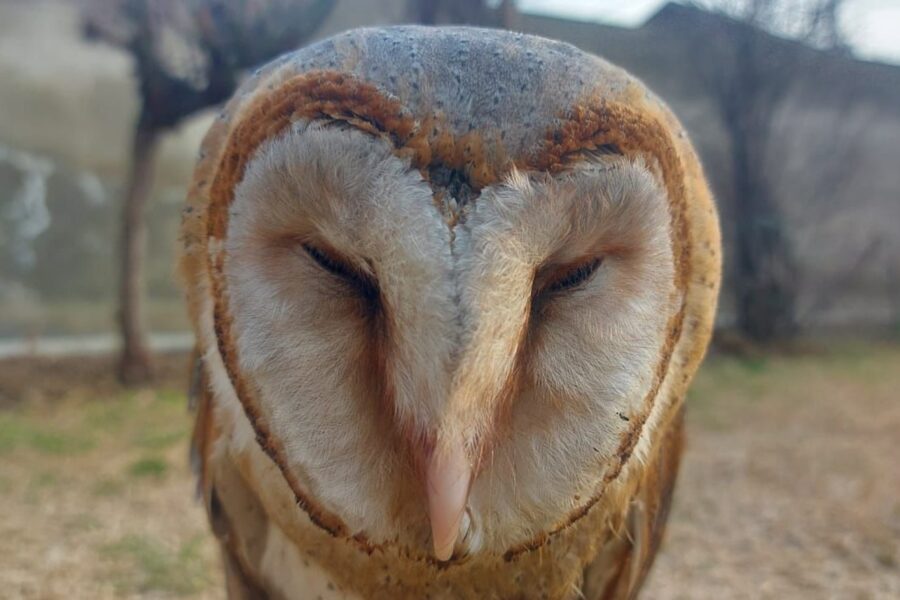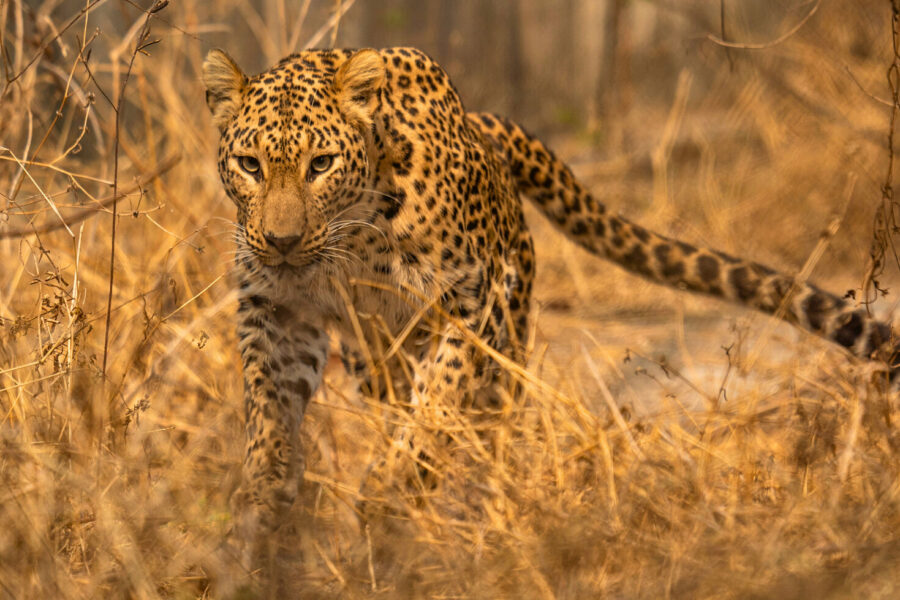The animal world sure is full of quirky surprises! One dish that is common on the menu for most species is the meal of insects! Consuming insects is commonly termed as entomophagy and the abundance of insects in a variety of habitats under different environmental conditions has made them an ideal meal for many. In return, wild animals have evolved efficient ways to extract most of their nutrition-rich diet.
While insects may make us humans feel uncomfortable or icky, they are considered to be one of the most successfully surviving species on Earth. Many of them are extremely small in size — however, this doesn’t in any way mean they aren’t an excellent food source. Packed with protein, calcium, omegas, and other nutrients, insects are sought as meals not only by those wild animals living in the forests, but by humans in the urban jungles as well!
Here are some entomophagous animals that use their physical characteristics to support their diet.
Pangolins
An elusive, scaly mammal, the pangolin is known to feed on a specialised diet of ants and termites. As an entomophagous animal, it possesses a strong sense of smell, which helps it to locate its prey. Completely covered with keratinous, overlapping scales, the animal rolls itself into a ball to shield from any predator.
The scaly anteater feasts on ants, termites, and their larvae, but lacks teeth. It has a long tongue that is covered with sticky saliva that easily picks up insects, along with small stones. These stones help the pangolin to digest their food in the stomach. A pangolin’s tongue can sometimes reach lengths longer than its own body!
Birds
From those nesting in your balcony, to those found perching above water bodies — many bird species are entomophagous in nature! They rely on a diet of insects which provides them with the nutrients they need. Green bee-eater is a small bird that has been named after its diet of bees! Birds are also known as ‘nature’s pest control’ as they help regulate insect populations that can be pests on farms.
Sparrows are known to consume not only seeds and grains, but also a high proportion of insects like caterpillars, flies, ants or spiders. Though fruit, seeds and buds may be their go-to meal, parakeets also feed on insects and larvae with their downwardly-curved beaks. Lesser florican, a characteristic bird of the Indian grasslands, includes a large share of worms, centipedes and other insects in their diet along with lizards and locusts as well. The ‘Critically Endangered’ bird also prefers agricultural fields due to the vast presence of prey. Spotted owlet, too, is an omnivorous raptor that feeds on insects and rodents. The National bird of India, the Indian peafowl, also consumes insects in abundance.
Bats
While the diet of bats may vary according to the species, members of the Microchiroptera group majorly rely on insects that fly with them at night. These mammals are also known to feast on mosquitoes, thus eliminating many disease-carrying insects. In fact, a single small bat is capable of consuming upto 5,000 mosquitoes in one night! Those inhabiting the agricultural lands help control the insect populations that may be detrimental to crops.
Frogs
A group known for its ability to transition between aquatic and terrestrial habitats, frogs lead a dual (or amphibious) life. The adults frequently prey on small invertebrates like insects and slugs. During a lifetime, a frog will snap up thousands of insects with its sticky, extendable tongue. These long tongues and sticky saliva ease their process to catch a prey that attempts to swiftly pass by.
For the Poison Dart frog of South America, feeding on insects may not just quell their hunger, but also their predators. They possess the ability to create a toxic skin from the chemicals released by the ants they have consumed. This makes them unpalatable to predators.
Lizards
Over the years, lizards have evolved to adapt and thrive in wild as well as human-dominated environments. As entomophagous creatures, they play a desirable role in the ecosystem by controlling the population of small animals including mosquitoes and insects. Although the Common house gecko may not be our favourite sight, it’s okay to have them wandering on the walls outdoors to feast on bugs we don’t want inside!
Having one of the fastest tongues that can shoot out to 1.5 times its body length within milliseconds, a chameleon can grab whatever it sets its eye on! Its preferred meals include vegetation and small insects such as grasshoppers, butterflies, and dragonflies. Frequently rescued by Wildlife SOS from urban areas, Monitor lizards are solitary reptiles that help regulate rodent and insect populations. The Fan-throated lizard, identified by its vibrant skin patch hanging from its throat, is an entomophagous reptile too.
Sloth Bears
As voracious eaters with a strong olfactory sense, Sloth bears are known to be entomophagous in nature. Half of their diet is made up of insects like ants, beetles, and termites! It is also a part of their natural behaviour to dig for termite mounds and seek ant colonies. To support this lifestyle, bears have unique morphological characteristics — long claws to dig, loss of front teeth to suck out insects like a vacuum, nostrils with the ability to close so that insects remain outside, a protruding muzzle, and a long tongue.
The rehabilitated Sloth bears at Wildlife SOS love to dig and find insects in their spacious fields. Keeping this factor in mind, our team initiated a mealworm breeding project at the Bannerghatta Bear Rescue Centre (BBRC). Besides mealworms, the veterinary team also incorporates Black soldier flies (BSF) larvae in their diet.
BBRC is currently home to nearly 70 Sloth bears who have been rescued and rehabilitated from various situations of abuse, and you can play a role in supporting their upkeep. To find out how to contribute to our life-saving work, click here!





